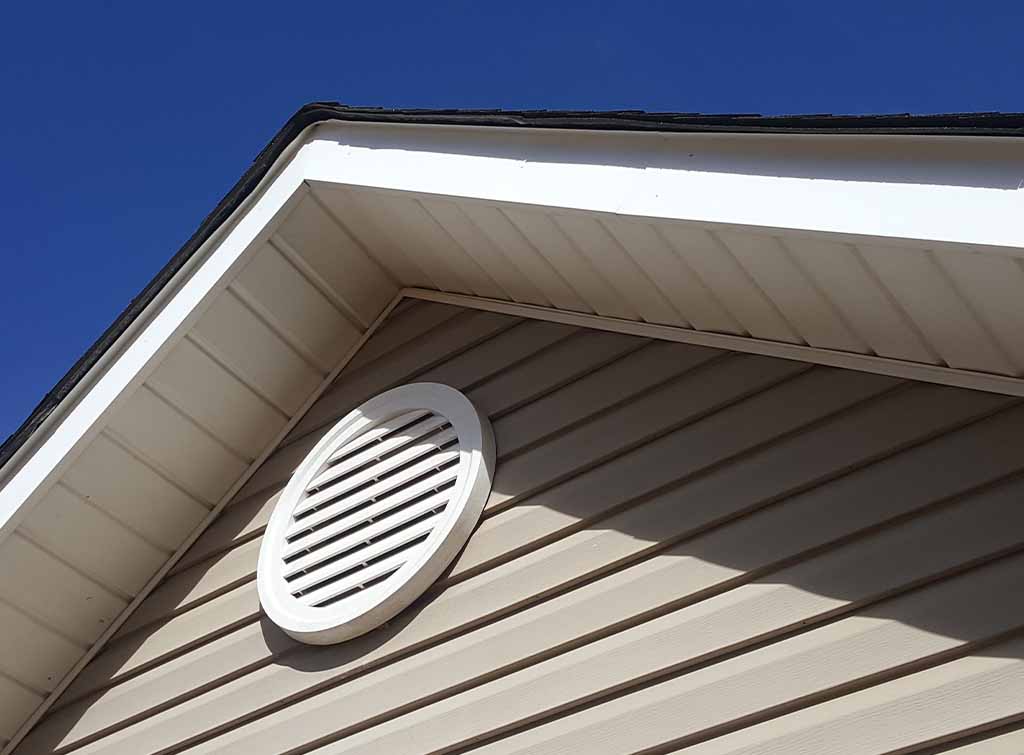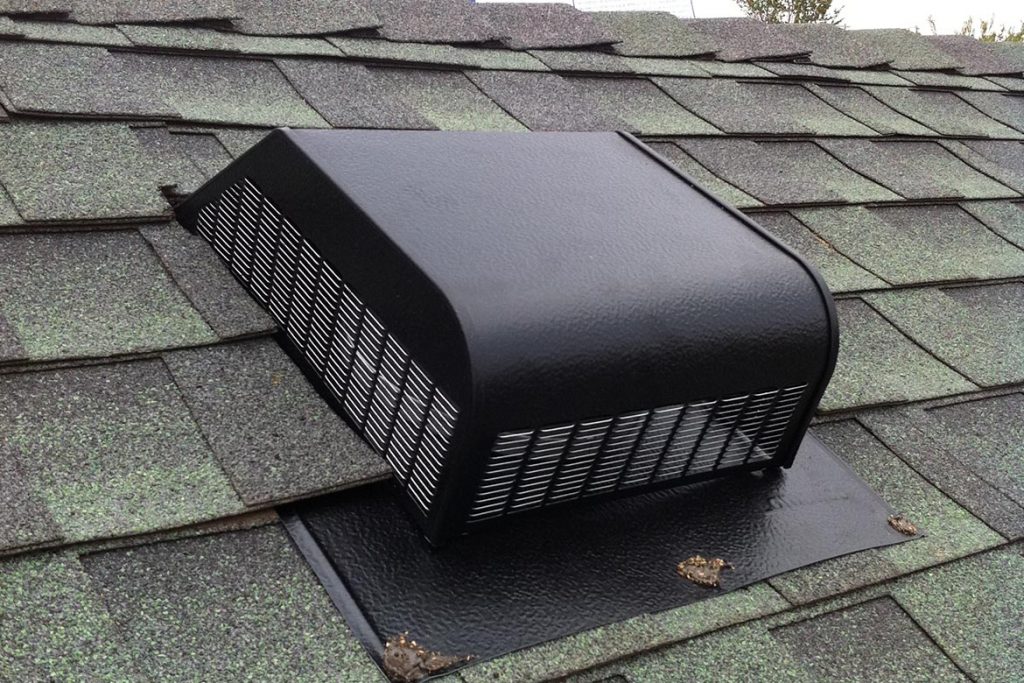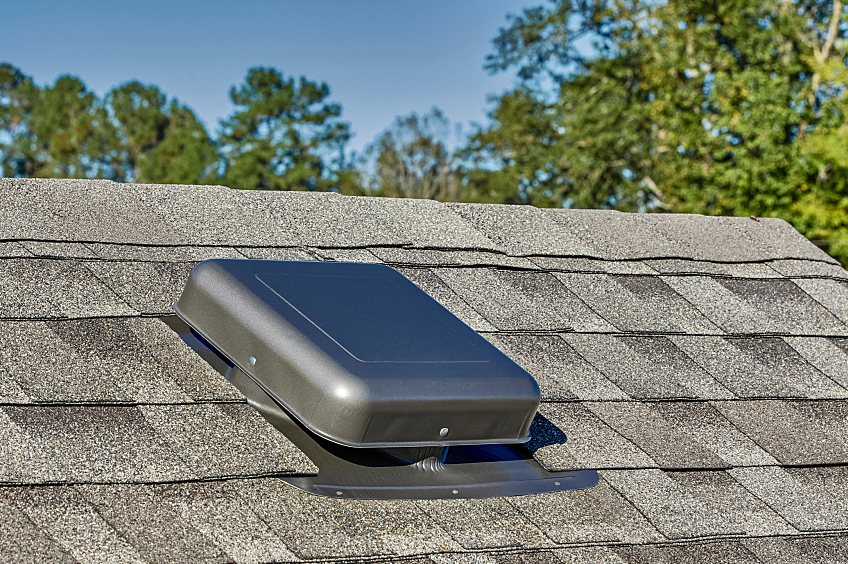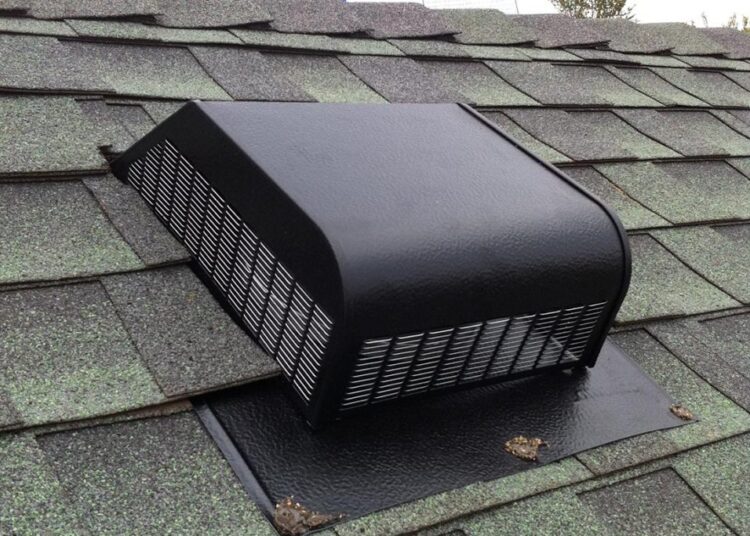Diving into the realm of Roof ventilation system costs, we uncover the intricacies of pricing and factors that influence the overall expenses. From types of systems to ways to save, this comprehensive guide sheds light on all things related to the cost of roof ventilation systems.
Introduction to Roof Ventilation Systems

A roof ventilation system is a setup designed to allow proper airflow and circulation in the attic or roof space of a building. It typically consists of intake vents and exhaust vents that work together to regulate temperature, moisture, and air quality.
Proper ventilation is crucial in a building to prevent issues such as moisture buildup, heat accumulation, and poor air quality. Without adequate ventilation, these problems can lead to mold growth, structural damage, increased energy costs, and discomfort for occupants.
Benefits of Installing a Roof Ventilation System
- Improves indoor air quality by reducing humidity levels and removing pollutants.
- Helps extend the lifespan of the roof by preventing moisture-related damage.
- Reduces energy costs by maintaining a more consistent temperature in the building.
- Prevents ice dams in cold climates by regulating attic temperature and reducing snow melt.
Types of Roof Ventilation Systems

Roof ventilation systems come in various types, each serving a specific purpose in maintaining proper airflow and temperature regulation in your attic space. Understanding the differences between passive and active systems, as well as the functionalities of ridge vents, soffit vents, gable vents, and turbine vents, can help you make an informed decision when choosing the right ventilation system for your home.
Passive vs. Active Roof Ventilation Systems
Passive roof ventilation systems rely on natural forces such as wind and convection to circulate air through the attic space. These systems do not require any mechanical components, making them energy-efficient and cost-effective. On the other hand, active roof ventilation systems use fans or other mechanical devices to actively remove hot air from the attic and replace it with cooler air.
While active systems may be more effective in extreme climates, they tend to consume more energy than passive systems.
Ridge Vents
Ridge vents are installed along the peak of the roof and allow hot air to escape from the attic space. They work in conjunction with soffit vents to create a continuous flow of air from the bottom to the top of the attic, ensuring proper ventilation and preventing moisture buildup.
Soffit Vents
Soffit vents are located under the eaves of the roof and allow fresh air to enter the attic space. They work in tandem with ridge vents to facilitate air circulation and maintain a balanced airflow throughout the attic, preventing heat buildup and reducing the risk of mold and mildew growth.
Gable Vents
Gable vents are installed in the gable ends of the attic and provide an additional outlet for hot air to escape. While they can be effective in certain situations, gable vents may not offer as efficient ventilation as ridge and soffit vents, as they may create pockets of stagnant air in the attic space.
Turbine Vents
Turbine vents, also known as whirlybird vents, are wind-driven devices that actively remove hot air from the attic space. As the wind blows, the turbines spin, creating suction that draws hot air out of the attic. While turbine vents can be effective in areas with consistent wind patterns, they may not provide sufficient ventilation in areas with minimal wind activity.
Factors Affecting the Cost of Roof Ventilation Systems

When considering the cost of a roof ventilation system, several key factors come into play that can significantly impact the overall price. These factors include the size and design of the roof, the choice of materials, and the complexity of installation.
Size and Design of the Roof
The size and design of the roof play a crucial role in determining the cost of a ventilation system. Larger roofs will require more materials and labor to install the ventilation system properly, leading to higher costs. Additionally, roofs with complex designs or multiple levels may require more intricate installation processes, further increasing the overall cost.
Choice of Materials
The choice of materials for a roof ventilation system can also affect the cost. High-quality materials may come at a higher price point but can offer better durability and performance in the long run. On the other hand, opting for lower-cost materials may save money initially but could result in higher maintenance and replacement costs down the line.
Installation Complexity
The complexity of the installation process can impact the cost of a roof ventilation system. If the installation requires specialized equipment, additional labor, or intricate techniques, the overall price is likely to be higher. Factors such as the accessibility of the roof, the need for structural modifications, and the presence of obstacles can all contribute to the complexity of the installation and, consequently, the cost
Cost Breakdown of Roof Ventilation Systems
When considering the cost of installing a roof ventilation system, it is essential to understand the breakdown of expenses involved. Below is a detailed comparison of the average costs associated with different types of roof ventilation systems, including a breakdown of materials, labor, and additional expenses, as well as estimates for DIY installation versus professional installation costs.
Average Costs of Different Types of Roof Ventilation Systems
| Roof Ventilation System | Average Cost |
|---|---|
| Ridge Vents | $300
|
| Soffit Vents | $150
|
| Turbine Vents | $150
|
| Solar-Powered Vents | $400
|
Cost Breakdown for Materials, Labor, and Additional Expenses
- Materials:The cost of materials can vary depending on the type of ventilation system chosen, with some systems requiring more expensive components than others.
- Labor:Hiring professionals for installation will incur labor costs, which can range from $500 to $1500, depending on the complexity of the project and the region.
- Additional Expenses:Additional expenses may include permits, roof repairs, and any necessary modifications to accommodate the new ventilation system, adding to the overall cost.
Estimates for DIY Installation Versus Professional Installation Costs
- DIY Installation:Opting for a DIY installation can save on labor costs but may require a significant amount of time and effort. However, it is crucial to ensure proper installation to avoid future issues.
- Professional Installation:Hiring professionals for installation ensures a proper and efficient setup but comes with additional labor costs. The cost of professional installation can range from $500 to $2500, depending on the project's scope.
Ways to Save on Roof Ventilation System Costs
When it comes to roof ventilation systems, there are several ways to reduce costs and maximize savings. Whether through incentives, maintenance, or smart choices, here are some tips to help you save on roof ventilation system costs:
Potential Rebates and Incentives
One effective way to save on the cost of installing a roof ventilation system is to look for potential rebates and incentives offered by government agencies, utility companies, or other organizations. These incentives are often provided for energy-efficient upgrades, including ventilation systems, and can significantly reduce your upfront costs.
Tax Credits for Energy-Efficient Systems
Another way to save on costs is by taking advantage of tax credits for energy-efficient roof ventilation systems. By choosing a system that meets specific energy efficiency standards, you may be eligible for tax credits that can help offset the initial investment.
Proper Maintenance for Long-Term Savings
Ensuring regular maintenance of your roof ventilation system is crucial not only for its efficiency but also for saving money in the long run. Proper maintenance can help extend the lifespan of the system, preventing costly repairs or replacements down the line.
Simple tasks like cleaning debris, checking for leaks, and inspecting the system regularly can go a long way in reducing long-term costs.
Common Mistakes to Avoid When Estimating Roof Ventilation System Costs
When it comes to estimating the cost of a roof ventilation system, there are common mistakes that can lead to inaccurate budget calculations. By being aware of these pitfalls, you can ensure a more precise assessment of the total cost of the project and avoid overspending or underestimating your budget.
Ignoring the Size and Layout of the Roof
When estimating the cost of a roof ventilation system, it is crucial to consider the size and layout of your roof. Failure to take these factors into account can result in purchasing the wrong amount of materials or overlooking necessary components, leading to unexpected expenses during the installation process.
Not Factoring in Labor Costs
One common mistake is solely focusing on material costs and neglecting labor expenses. Proper installation of a roof ventilation system requires skilled labor, and underestimating the cost of hiring professionals can lead to budget overruns. Make sure to include labor costs in your estimation to get a more accurate picture of the total project cost.
Choosing the Wrong Type of Ventilation System
Selecting the wrong type of roof ventilation system for your specific needs can result in unnecessary expenses. For example, opting for a complex ventilation system when a simpler one would suffice can drive up costs. Conduct thorough research and consult with experts to determine the most suitable system for your roof before estimating the cost.
Forgetting about Maintenance and Upkeep
Another common mistake is overlooking the long-term maintenance and upkeep costs associated with a roof ventilation system. Regular maintenance is essential to ensure the system functions properly and prolong its lifespan. Failure to consider these ongoing expenses can lead to budgetary surprises down the line.
Not Accounting for Additional Features or Accessories
Estimating only the base cost of a roof ventilation system without factoring in any additional features or accessories you may need can result in budget inaccuracies. Consider extras like insulation, rain guards, or upgraded materials when calculating the total cost to avoid unexpected expenses during installation.
Wrap-Up
In conclusion, understanding the cost dynamics of roof ventilation systems is crucial for making informed decisions. By considering the factors, breakdowns, and savings tips discussed, you can navigate this aspect of building maintenance with confidence and efficiency.







